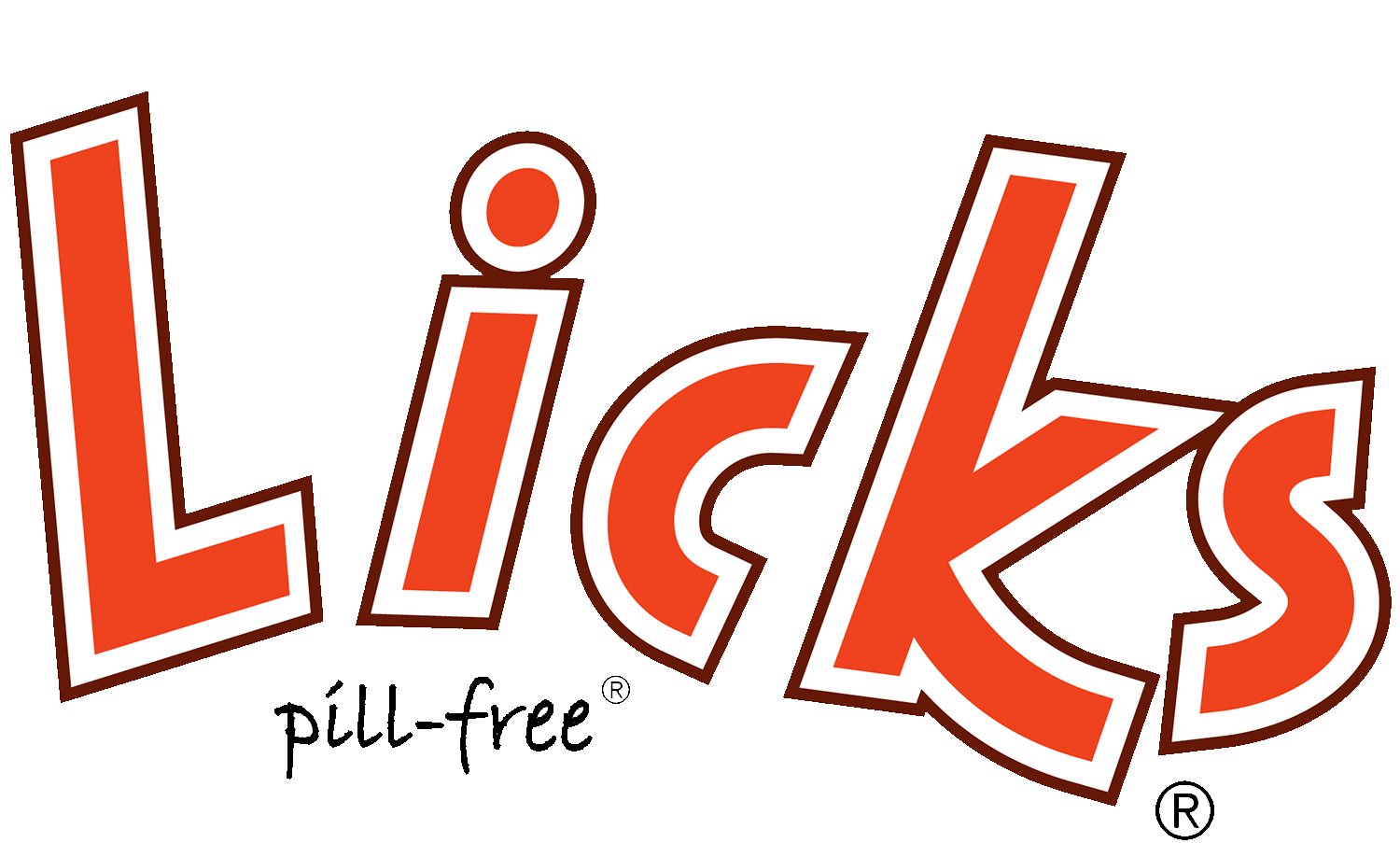August is National Wellness Month
Did you know August is National Wellness Month?! Wellness is just as important for our pets as it is for us! As a pet owner, it’s your job to make sure your furry friends never miss an annual wellness exam with their veterinarian. In this post we’ll break down pet wellness exams and why they’re so important!
What is a Pet Wellness Exam?
Wellness exams are recommended for pets every 6 months to 1 year. These exams are meant to check on their overall health and catch any illnesses or injures in the early stages! “Regular physical exams are important to help detect any changes that come with aging, such as arthritis and dental disease. During those pet wellness exams, your vet can go over important life stage changes like appropriate dietary recommendations and how to maintain an appropriate active lifestyle for your pet. (2)”
“Veterinarians recommend regular wellness exams for the same reason your physician and dentist recommend them – if you can detect a problem in its early stages, it's more likely to be treated and resolved with less expense, less difficulty and better success. (1)”
What Does the Wellness Exam Help to Prevent?
Prevention is key! “As the saying goes, an ounce of prevention is worth a pound of cure. Vaccinations, heartworm prevention and routine deworming are important components of wellness care and can prevent diseases that are not only life-threatening, but very expensive to treat.(1)”
It’s important to have the exam done by a veterinarian because there are so many things that an exam can detect that you cannot see with the naked eye. “Blood work often plays a vital role in evaluating organ function and aids in detecting infection, anemia, diabetes, kidney failure, thyroid disease and other medical conditions. (2)”
Is There a Different Between Cat and Dog’s Wellness?
In a way, yes! When it comes to wellness, age plays a significant role. Cats and dogs age differently, and no 2 breeds are the same! “Cats in particular tend to live through extended senior stages starting as early as about 8 years old and going on into their geriatric stages at around 13-15 years old. Cats are very good at hiding when they don’t feel well, so often they don’t come in to the exam room until they are very sick. (2)”
Dogs, depending on their breeds or mixes, can have specific genetic predispositions, and they age at very different rates. A Chihuahua becomes a senior around 8-9 years old whereas a Great Dane becomes a senior around 4-5 years old! Your veterinarian can help tailor your specific dog’s wellness screening based on what type of dog you have and your dog’s age. (2)”
LICKS products are made to keep your pets happy and healthy t all stages in life!
Need help getting your puppy or kitten to finish their meals? Licks Multi-Vitamin can be used as a feeding aid by squeezing the gel packet on top of their food to help them maintain their appetite and finish every last bite! this Multi-Vitamin helps all pets receive a balanced diet and meet their nutritional needs.
Is your senior pet slowing down and showing signs of aging? Our ElderDog and Cat Senior products use fish oil to keep their joints healthy and other necessary nutrients for boosted immunity, regular digestion, healthy heart and optimum skin and coat health!



